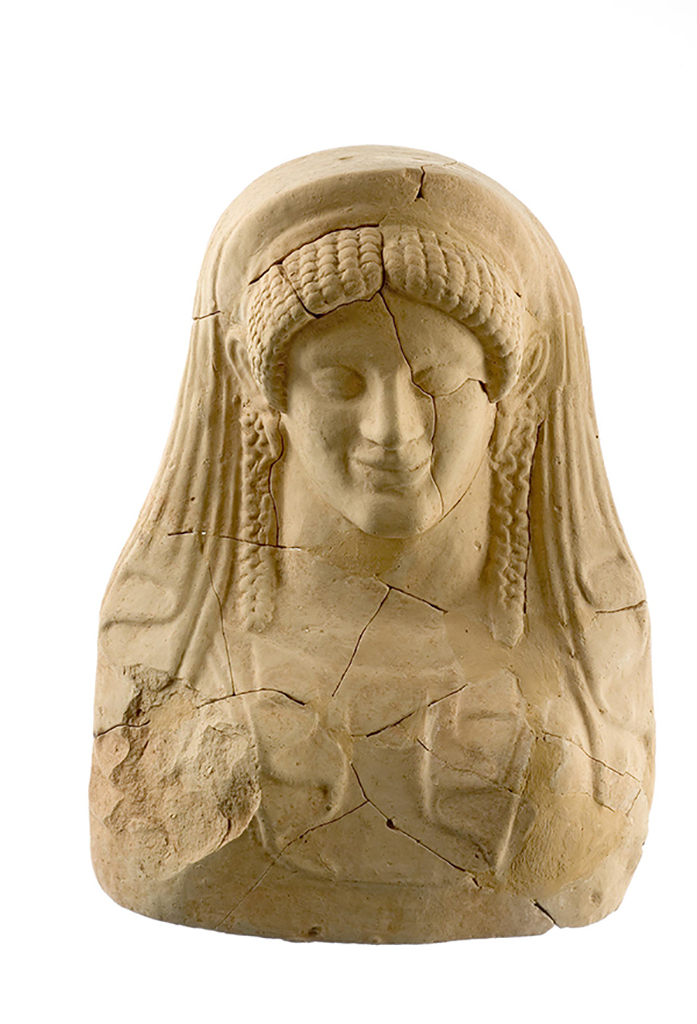Olous: a submerged city - state
At a short distance from Elounda, in the area of Poros, the ruins of the ancient city of Olous are preserved, part of which is submerged in the sea. The seaside Olous was the urban center of the homonymous city-state.
Our knowledge of the history of the city comes mainly from the inscriptions of the Hellenistic period, as well as from the findings of the excavations. The finding of a collection of tributes in rock crevices on the Spinalonga peninsula (or Island), mainly vessels and idols, dating from the middle of the 7th century up to the 4th century B.C., they show the worship of a female deity and are associated with the ritual pit of a shrine or an outdoor shrine. They even indicate habitation in the area, as well as relations mainly with Rhodes, but also Attica and Corinth.
In the Hellenistic era, the Olous dwellers honoured citizens citizens of Cretan cities as well as regions outside Crete with decrees, the city made alliances with other Cretan and non-Cretan cities, while the border disputes with Lato, the neighboring city-state, are known. The cemeteries were located in the place where today the settlement Schisma of Elounda is located.
On the coins of the city, Zeus Tallaeus is probably depicted, one of the main deities of the city, as well as the nymph Vritomartys, whose wooden statue (xoano), made by Daedalus, was in a sanctuary of the city, as informed by the explorer Pausanias.
Olous supports its economy in maritime trade, fishing, olive cultivation, mercenary work, as well as in the extraction and export of whetstone, the so-called "Naxia stone", while it develops strong relations with cities of mainland Greece and with islands of Aegean and beyond. The city continues to develop even after the incorporation of Crete into the Roman Empire. The large Christian temples that were built in the 5th century A.D. in Poros and in Kolokytha bay indicate that the city continues to flourish, probably until the 7th century A.D.






